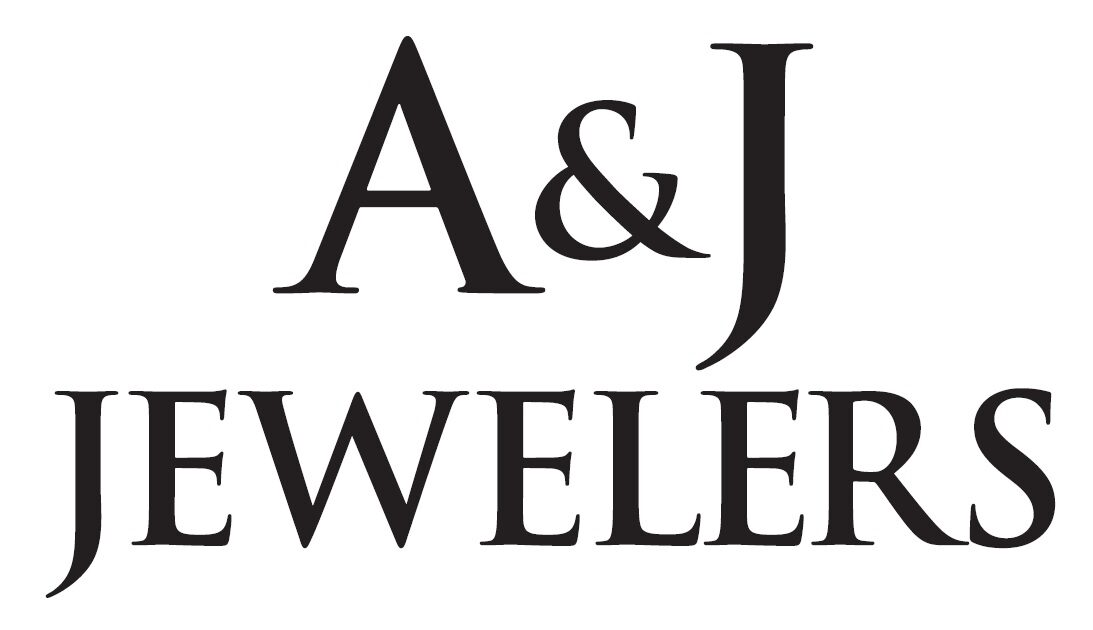Diamonds and the 4Cs
Diamonds and the 4Cs
It’s hard to talk about diamonds without someone bringing up the 4Cs. Back in the early 1940s, a guy named Robert M. Shipley established an institute called the Gemological Institute of America (GIA). He wanted to professionalize the jewelry trade and provide formal training to jewelers and sales people. He also saw a need to instill a stronger sense of ethics and standards in the industry.
The 4Cs came out of his training – he created them as a mnemonic device to help his students remember the four factors of a faceted diamond: color, clarity, cut, and carat weight.
But he didn’t originally conceive of it as a marketing or sales term — just as a way for his students to learn. Diamond merchants had always used a
variety of different, often vague terms to talk about their diamonds, and there was no consistency from one trader to the next. But as the terms became part of the American jewelry industry’s vocabulary, they also became the language of retail.
4Cs: The Basics
Here’s a quick guide to the 4Cs. And feel free to ask us questions – we love sharing our knowledge about diamonds.
COLOR
Color is the second most important of the 4Cs. The less color a diamond has, the higher its grade will be.
CLARITY
This should be your least-important concern. Natural diamonds have tiny, microscopic imperfections. But good cut and color more than compensate!

